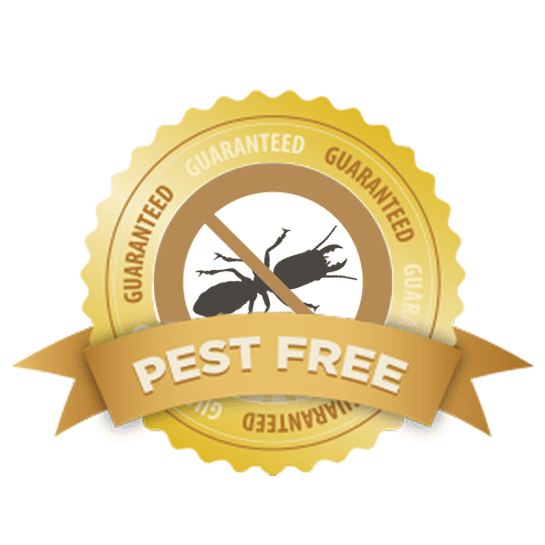Top Quality A1 Pest Control Services Charlotte - Secure Your Home
Top Quality A1 Pest Control Services Charlotte - Secure Your Home
Blog Article
Bed Insect Therapy Failure: Comparing Chemical Vs. Non-Chemical Solutions
In the world of parasite control, particularly when managing the consistent issue of bed insects, the choice between chemical and non-chemical therapy services can be an essential one. Both techniques offer unique benefits and downsides, influencing aspects such as performance, safety and security factors to consider, and total expense. By taking a look at the nuanced details of each technique, a clearer understanding of which course to pursue in dealing with a bed insect problem can be attained.
Efficiency of Chemical Treatments
Chemical treatments for bed bug problems have been widely identified for their powerful and rapid efficiency in eliminating these parasites. When thinking about the effectiveness of chemical therapies, it is crucial to comprehend that they can offer a quick and complete remedy to a bed bug problem.
Additionally, chemical treatments have the benefit of supplying recurring results, indicating that they can remain to remove bed insects even after the first application. This residual activity is particularly beneficial in combating any prospective re-infestations. Additionally, the quick action of chemical treatments can bring relief to individuals encountering severe bed insect problems, enabling them to regain control of their living spaces rapidly.
Safety And Security Worry About Chemical Solutions
When utilizing chemical solutions for bed insect therapy is making sure the safety of residents and the atmosphere,One vital facet that requires mindful consideration. While chemical treatments can be efficient in removing bed bugs, they may present risks if not dealt with appropriately. One of the primary safety and security worry about chemical services is the potential damage they can cause to human health and wellness. Direct exposure to particular chemicals used in bed pest treatments can cause respiratory problems, skin irritability, or various other unfavorable responses, especially in people with pre-existing problems or level of sensitivities. Furthermore, incorrect application or dosage of chemical pesticides can result in toxic residues lingering in the cured area, positioning long-lasting health and wellness risks to residents.
Additionally, the ecological effect of chemical options is an additional substantial consideration. Some chemicals utilized in bed pest therapies may be unsafe to useful bugs, wildlife, and ecological communities if they seep into the soil or water systems. It is important to utilize chemical treatments deliberately, adhering to safety and security standards, and thinking about less toxic alternatives to alleviate these risks and guarantee the safe and efficient administration of bed pest infestations.
Advantages of Non-Chemical Approaches
Thinking about the prospective safety issues and ecological effect connected with chemical services for bed pest treatment, checking out non-chemical strategies offers a promising option with several unique advantages. Non-chemical therapies are environmentally friendly, as they do not add termite control prices to air or water contamination, making them a lasting choice for bug control.
Furthermore, non-chemical services can be efficient in targeting bed pests, including hard-to-reach areas where chemical therapies may not penetrate - A1 pest control services charlotte. Techniques such as warmth therapy, vacuuming, vapor cleansing, and bed mattress coverings supply comprehensive eradication without the use of damaging chemicals.
Limitations of Non-Chemical Treatments

In addition, non-chemical treatments frequently need numerous applications to attain successful elimination. This can be lengthy and might not constantly guarantee total removal of all bed pests and their eggs, especially in covert or hard-to-reach areas.
Moreover, the success of non-chemical treatments heavily relies upon proper application and thoroughness, which can be testing for people without specialist know-how. Poor application of non-chemical approaches might cause incomplete obliteration, bring about persistent invasions and the demand for extra therapies.
As a result, while non-chemical treatments have their benefits, it is vital to acknowledge these constraints and consider them when determining one of the most efficient approach for managing bed pest invasions.
Expense Comparison: Chemical Vs. Non-Chemical Options
Offered the limitations associated with non-chemical treatments, a crucial aspect to evaluate in the context of bed pest monitoring is the expense contrast between chemical and non-chemical alternatives. In comparison, non-chemical treatments like heat treatment or heavy steam can be extra pricey, with expenses varying from $1,000 to $6,000 for an entire home. While the preliminary cost of chemical therapies might appear lower, multiple treatments may be needed to totally remove the infestation, possibly enhancing the general price.
Verdict

Considering go now the possible safety and security issues and ecological effect associated with chemical options for bed bug therapy, checking out non-chemical approaches presents a promising alternative with numerous unique advantages.Offered the restrictions linked with non-chemical therapies, a crucial facet to evaluate in the context of bed bug monitoring is the price comparison between chemical and non-chemical options. In contrast, non-chemical treatments like heat treatment or vapor can be a lot more expensive, with expenses ranging from $1,000 to $6,000 for an entire home. While the initial cost of chemical therapies may appear lower, numerous treatments may be needed to fully eliminate the invasion, possibly enhancing the general cost.In verdict, when comparing chemical and non-chemical bed insect treatment alternatives, it is essential to take into consideration effectiveness, safety and security, benefits, constraints, and cost.
Report this page